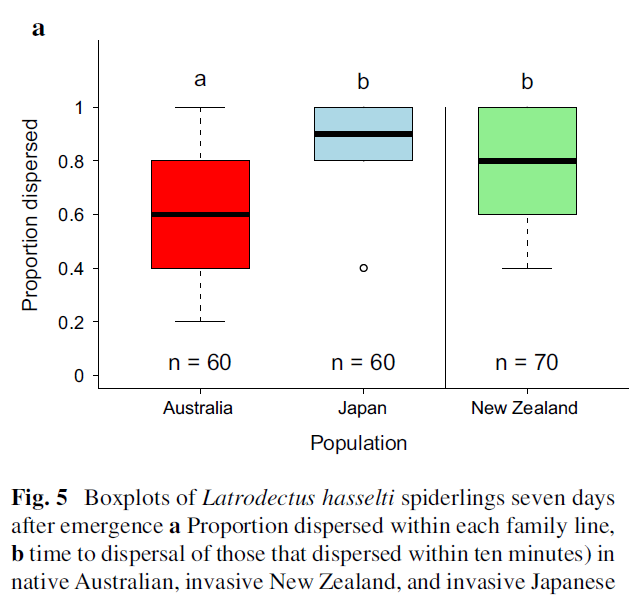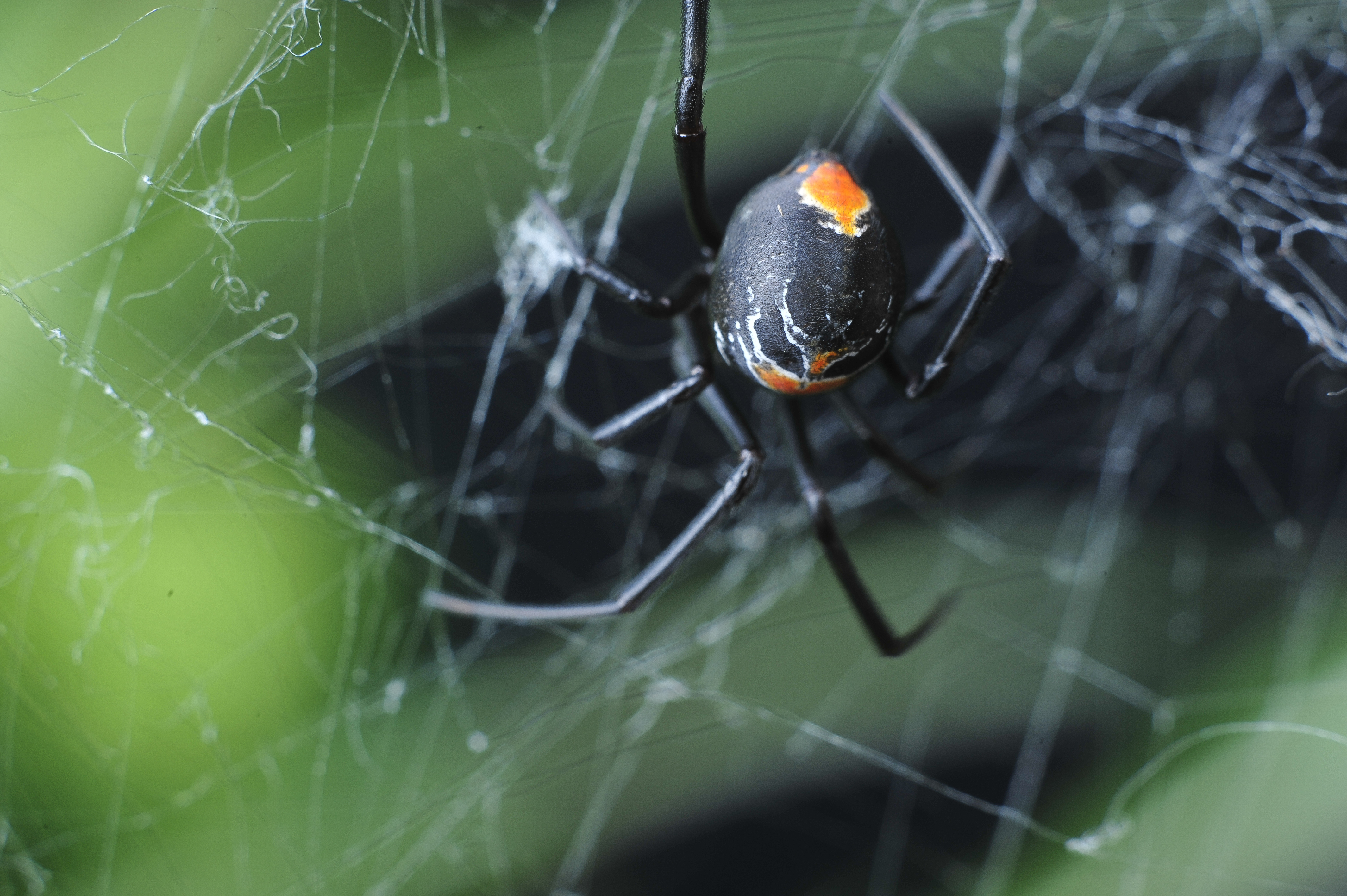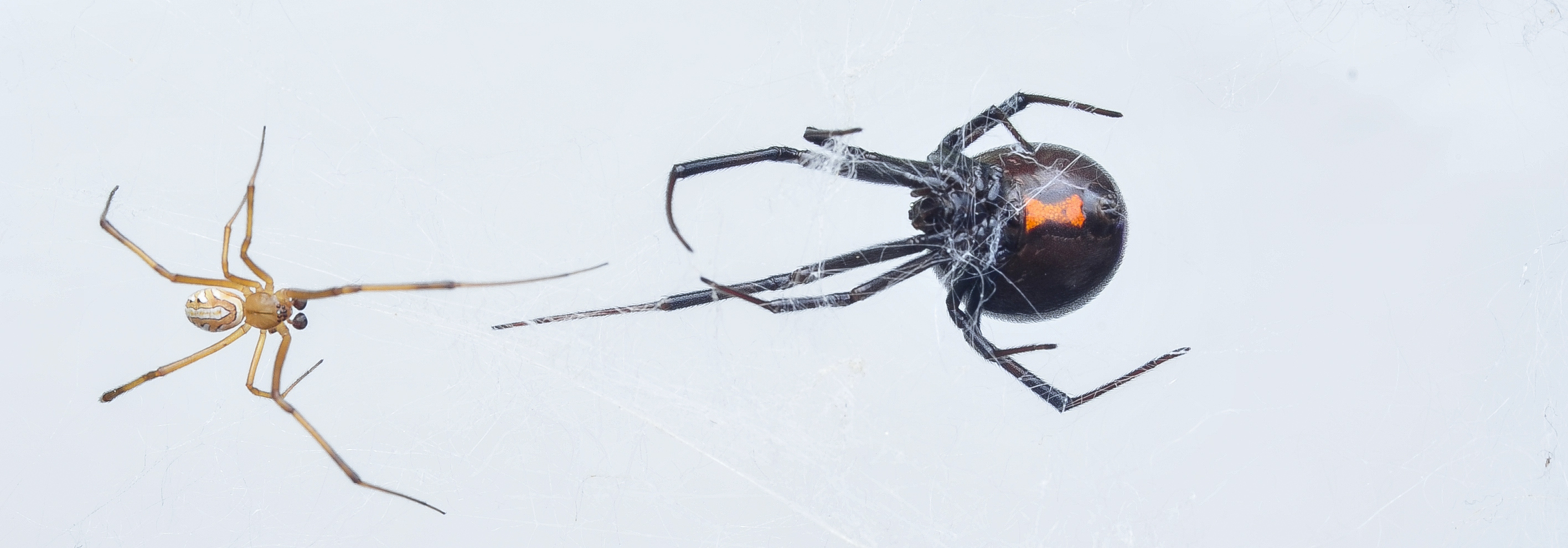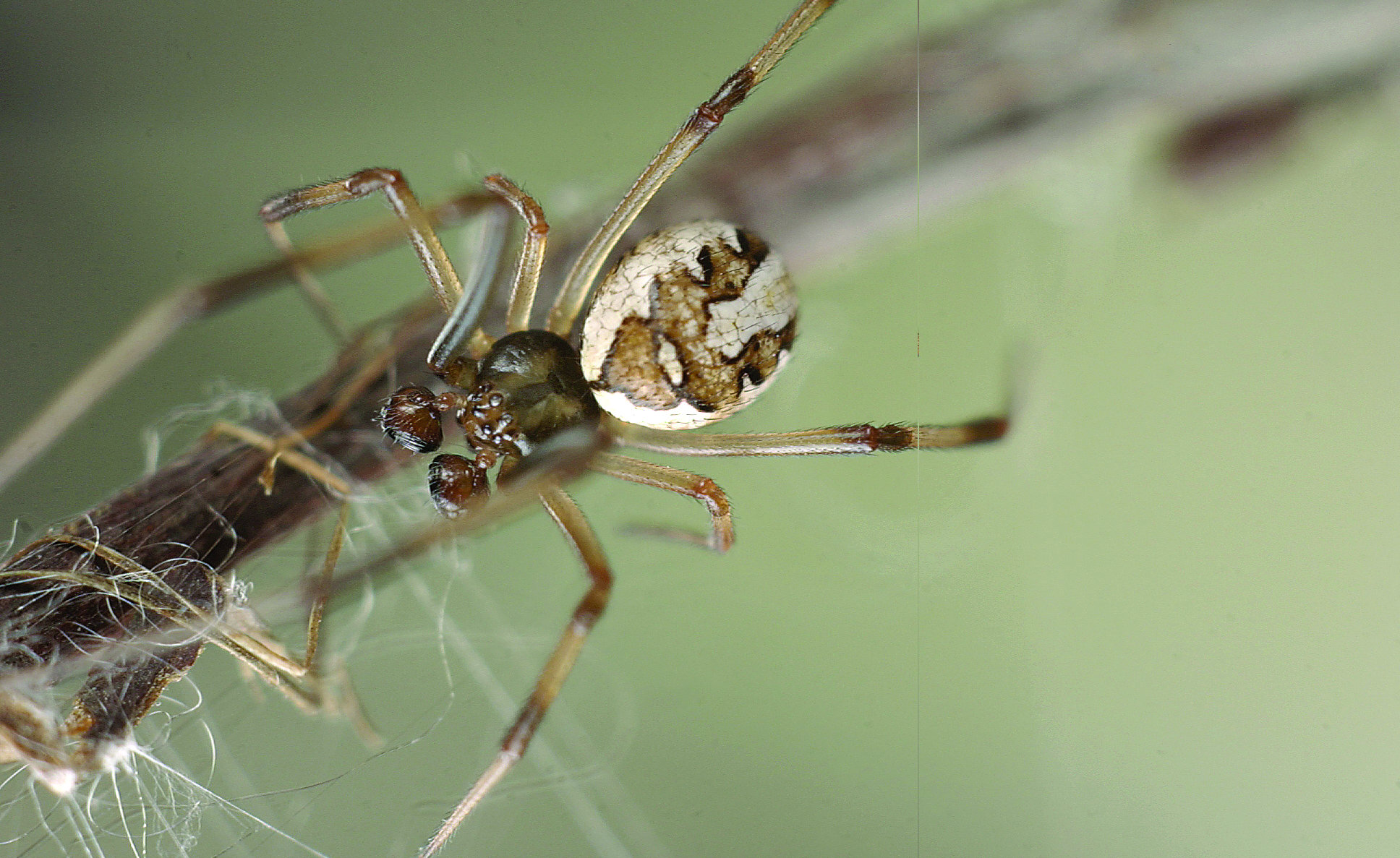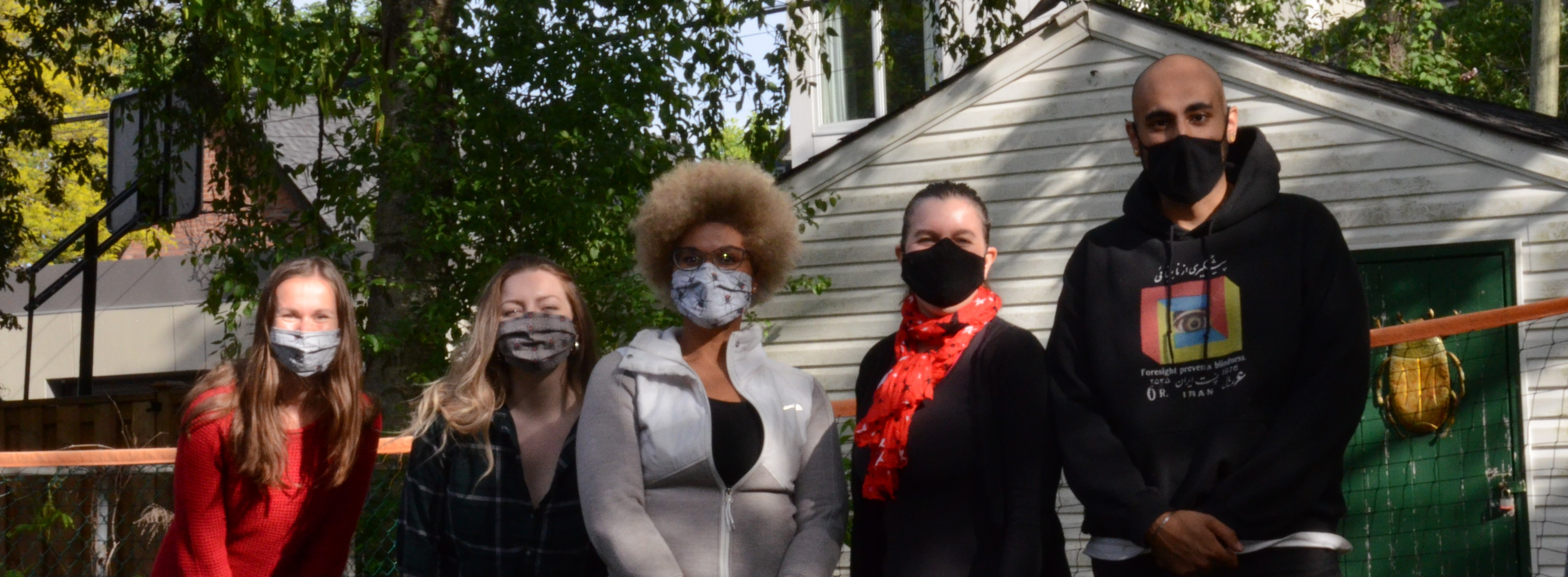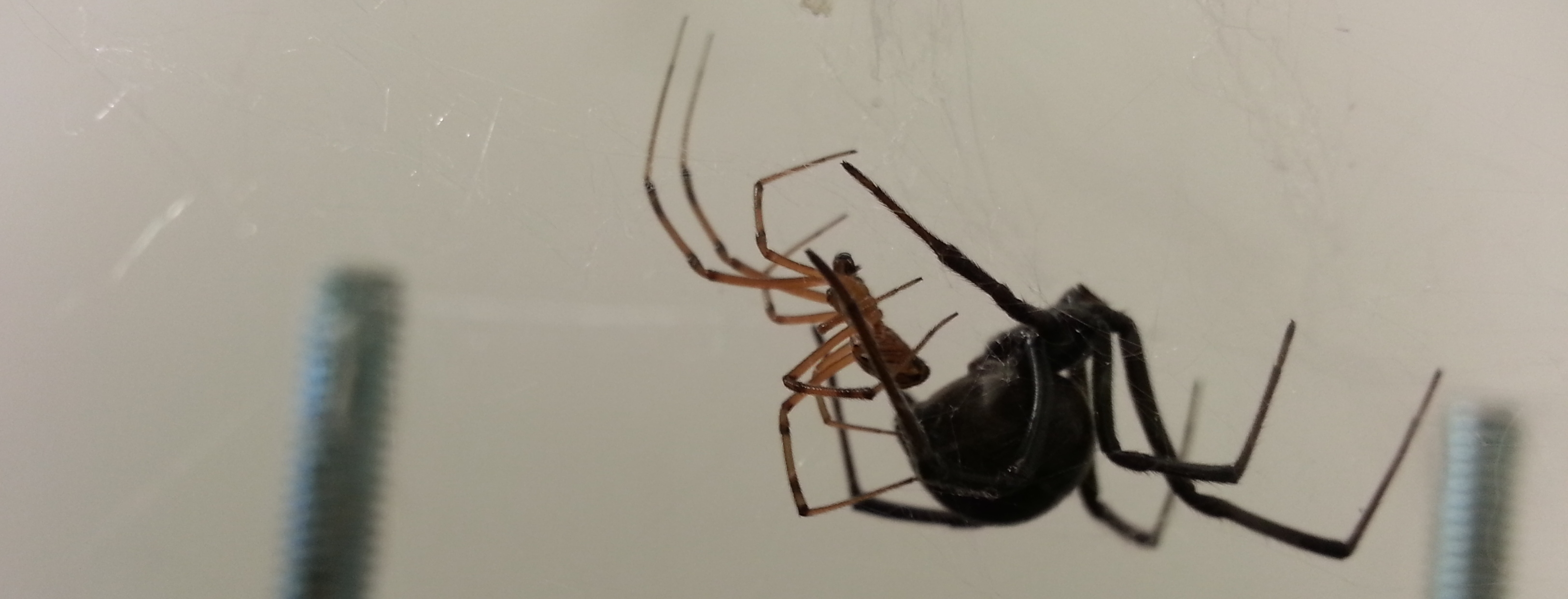| We examine how reciprocal effects of ecological and social factors influence reproductive tactics, life history decisions, physiological performance, and sexual selection. One recent focus is exploring how these processes shape plasticity and divergence in phenotypic traits related to mating in geographically separated populations, and how these may be related to invasiveness. Our work includes laboratory and field studies of invertebrates, and our primary study organisms are the black widow spiders (genus Latrodectus) and their relatives.
Statement of Lab Values & Commitments Founder & Co-Chair: Toronto Initiative for Diversity & Excellence Co-Founder & President: Canadian Black Scientists Network |
Recent Publications |
|
